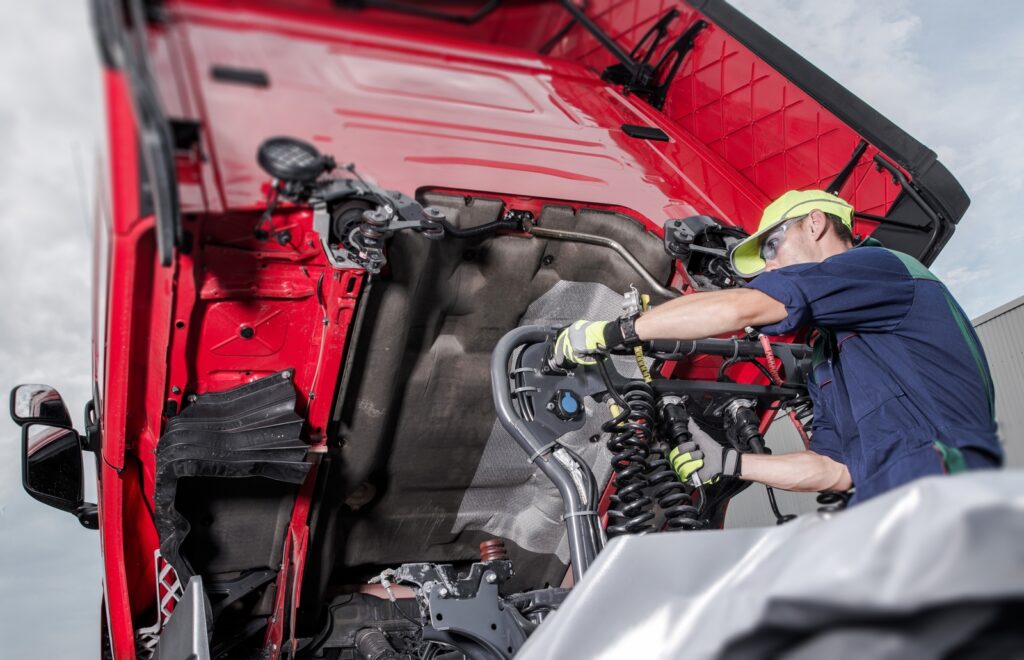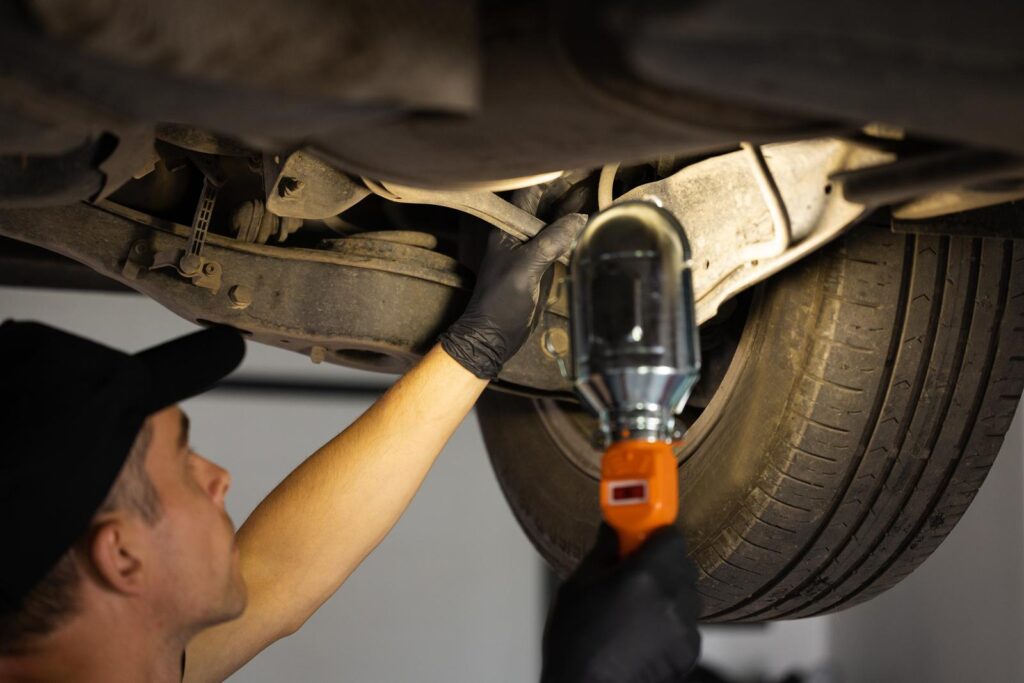Heavy-duty truck parts in New Zealand, for vehicles such as semi-trailers, prime movers, and dump trucks, are essential to the backbone of the economy. These vehicles are subjected to rigorous demands, operating in harsh conditions and carrying heavy loads.
To ensure optimal performance, reliability, and safety, it’s crucial to invest in specialised heavy-duty truck parts in New Zealand.
Understanding Heavy-Duty Truck Parts In New Zealand
Heavy-duty truck parts in New Zealand are designed to withstand the unique challenges faced by these vehicles. They are typically larger, more robust, and constructed from higher-quality materials compared to parts used in passenger cars. These parts must be able to handle heavy loads, extreme temperatures, and prolonged periods of operation.
Types of Heavy-Duty Truck Parts
Engines
- Diesel Engines: The most common type of engine in heavy-duty trucks due to their superior fuel efficiency, torque, and durability. Diesel engines are known for their ability to produce high levels of torque at low RPMs, making them ideal for hauling heavy loads. Modern diesel engines incorporate advanced technologies such as turbochargers, intercoolers, and emissions control systems to improve performance and reduce emissions.
- Gas Engines: While less common in heavy-duty trucks, gas engines are still used in some applications, particularly in shorter-haul or urban operations. Gas engines offer quieter operation and lower maintenance costs compared to diesel engines, but they may have lower fuel efficiency and torque.
- Hybrid Engines: Hybrid technology is gaining traction in the heavy-duty truck industry, combining a diesel engine with an electric motor.
This combination offers improved fuel efficiency, reduced emissions, and enhanced performance in stop-and-go traffic.
Transmission
- Manual Transmissions: Traditional manual transmissions are still used in some heavy-duty trucks, especially for applications requiring frequent shifting or off-road driving. Manual transmissions offer precise control and can be more durable than automatic transmissions, but they require skilled operation.
- Automatic Transmissions: Automated manual transmissions (AMTs) are becoming increasingly popular in heavy-duty trucks due to their improved fuel efficiency and reduced driver fatigue. AMTs combine the efficiency of a manual transmission with the convenience of an automatic.
- Automated Manual Transmissions (AMTs): AMTs use hydraulic actuators to shift gears, eliminating the need for a clutch pedal. This technology offers smoother shifts, improved fuel economy, and reduced driver workload.

Suspension
- Leaf Spring Suspension: Leaf spring suspension is a common type used in heavy-duty trucks. It consists of a series of steel leaves stacked on top of each other, providing support and flexibility. Leaf spring suspension is durable and cost-effective, but it can be less comfortable than other suspension systems.
- Air Suspension: Air suspension systems use air-filled bags to control the ride height and stiffness of the suspension. This technology offers improved comfort, stability, and load-carrying capacity. Air suspension systems can also be adjusted to accommodate different loads and road conditions.
- Independent Suspension: Independent suspension systems allow each wheel to move independently, providing a smoother ride and better handling.
While less common in heavy-duty trucks in New Zealand, due to their higher cost and complexity, independent suspension can be beneficial in certain applications.
Brakes
- Drum Brakes: Drum brakes are still used in some heavy-duty trucks, but they are gradually being replaced by disc brakes due to their superior braking performance and fade resistance. Drum brakes consist of a drum that rotates with the wheel and brake shoes that press against the drum to create friction.
- Disc Brakes: Disc brakes are becoming the standard in heavy-duty trucks. They consist of a disc that rotates with the wheel and a calliper that presses brake pads against the disc to create friction. Disc brakes offer better braking performance, faster stopping times, and reduced fade.
- Anti-lock Braking Systems (ABS): ABS is a safety feature that prevents wheel lockup during braking, improving vehicle control and stability. ABS uses sensors to monitor wheel speed and automatically modulate brake pressure to prevent skidding.
Tires
- Radial Tires: Radial tires are the most common type used in heavy-duty trucks. They have a stronger sidewall construction and provide better fuel efficiency, traction, and ride comfort compared to bias-ply tires.
- Bias-Ply Tires: Bias-ply tires are still used in some applications, particularly in off-road or heavy-duty construction work. They have a more rigid sidewall and are more resistant to punctures, but they offer less traction and fuel efficiency than radial tires.
- Re-treaded Tires: re-treaded tires are tires that have been rebuilt by adding a new tread to a used carcass. Retreading can be a cost-effective option, but it is important to ensure that the re-treaded tires meet safety standards and are suitable for the intended application.
Specialised Components for Heavy-Duty Trucks
- Steering Systems: Heavy-duty trucks often have power steering systems to reduce steering effort. These systems use hydraulic or electric power to assist the driver in turning the steering wheel.
- Exhaust Systems: Heavy-duty truck exhaust systems must meet strict emissions standards. They typically include catalytic converters, particulate filters, and other aftertreatment devices to reduce harmful emissions.
- Electrical Systems: Heavy-duty trucks have complex electrical systems that power various components, including lights, instruments, and electronic control modules. Electrical systems must be regularly inspected and maintained to ensure reliable operation.
- Cooling Systems: Heavy-duty trucks require efficient cooling systems to prevent overheating. These systems include radiators, water pumps, and fans to dissipate heat and maintain proper engine operating temperatures.
- Heating and Ventilation Systems: Heating and ventilation systems are essential for providing a comfortable environment for the driver and passengers. These systems use heaters and air conditioning to regulate temperature and humidity.
Factors to Consider When Choosing Heavy-Duty Truck Parts
- OEM vs. Aftermarket Parts: Original equipment manufacturer (OEM) parts are manufactured by the same company that produced the truck. They are guaranteed to fit and function properly. Aftermarket parts are manufactured by other companies and may offer lower prices but may not be of the same quality or reliability.
- Part Compatibility: It is essential to ensure that the parts you choose are compatible with your specific truck model and year. Using incompatible parts can lead to performance issues, safety hazards, and voiding your warranty.
- Durability and Reliability: Heavy-duty truck parts must be durable and reliable to withstand the demanding conditions they face. Look for parts from reputable manufacturers that are known for their quality and performance.
- Maintenance and Repair Costs: Consider the long-term costs of owning and maintaining the parts you choose. Some parts may be more expensive to replace or repair than others.
- Environmental Impact: Heavy-duty trucks have a significant impact on the environment. When choosing parts, consider factors such as fuel efficiency, emissions, and recyclability.
Choosing the right heavy-duty truck parts in New Zealand is essential for ensuring optimal performance, reliability, and safety. By understanding the different types of parts, their functions, and the factors to consider when making a purchase, you can make informed decisions and keep your truck running smoothly. Regular maintenance and inspections are also crucial for maintaining the health and longevity of your truck’s components.


